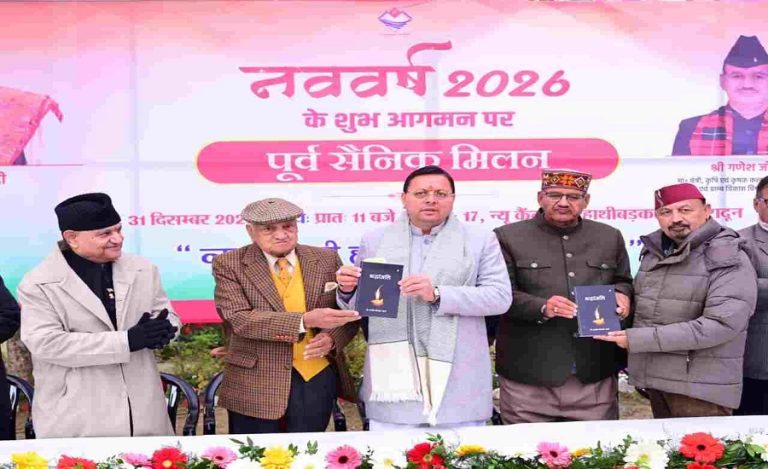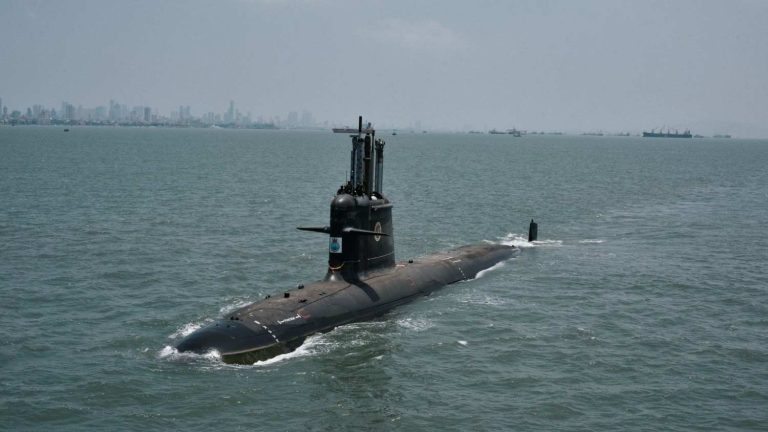A looming cyclonic storm, named Dana by the Indian Meteorological Department (IMD), has intensified over the Bay of Bengal and is set to make landfall on October 25, 2024. According to the latest updates, the cyclone is projected to strike the Odisha-West Bengal coastline between Bhitarkanika National Park and Dhamra Port, carrying wind speeds between 100 and 120 km/h. As a result, mass evacuations are underway, and authorities are on high alert across both states.
RESPONSES AND EVACUATIONS
In response to the threat, the state governments of Odisha and West Bengal have mobilised extensive evacuation efforts. Odisha is focusing on 14 coastal districts that are likely to face severe impacts. These include Angul, Puri, Kendrapara, Bhadrak, and Balasore, where authorities have begun moving nearly 10 lakh people to temporary relief shelters set up across the region. In West Bengal, districts such as South and North 24 Parganas, Purba Medinipur, and adjoining areas are preparing for similar conditions.
IAS officer Akshay Sunil Agrawal, District Collector, Nayagarh, which falls within the cyclone’s “orange zone,” highlighted the proactive measures being taken. On Thursday evening, Mr. Agarwal told Indian Masterminds that although the cyclone’s impact had not yet been fully felt, winds were beginning to pick up, with gusts reaching 50 km/h. “We are moving people from vulnerable areas to cyclone shelters and bracing for heavy rainfall,” Mr. Agrawal said. Meanwhile, the Odisha government has declared a three-day closure of schools in these affected districts to minimise the risks to students and faculty.
RELIEF SHELTERS AND SUPPORT MEASURES
Speaking with Indian Masterminds on Thursday evening about cyclone preparedness, IAS Vineet Bharadwaj, who is currently appointed for responsibility in Mayurbhanj, emphasised the importance of well-coordinated efforts. Vineet Bharadwaj, who has been leading the cyclone preparedness in his district, detailed the evacuation efforts, stating: “We have set up temporary shelters in all panchayats and villages. People are being brought in, and we’re ensuring they have access to food, water, and sanitation. Special attention is being given to children, persons with disabilities (PwDs), and pregnant women, and baby food is being provided for children. We are prioritising everyone’s safety and making sure their needs are met.”
As part of the precautionary measures, Mr. Bharadwaj highlighted the role of local volunteers, medical teams, and alternate power arrangements. “We’re expecting wind speeds around 102–120 km/h, so there will be some damage, especially to vulnerable structures like kachcha houses. That’s why we’ve already evacuated people living in these homes, focusing on minimising loss of life,” Mr. Bharadwaj said.
Additionally, Vineet Bharadwaj praised the role of technology in streamlining communication and evacuation efforts. “Weather prediction technology has greatly improved, and now, with mobile phones and WhatsApp groups, we have real-time communication and monitoring systems in place. We’re using these platforms to track developments and coordinate evacuation efforts across affected areas,” he added.
Mr. Bharadwaj emphasised that the evacuation process is ongoing and that the final figures will only be known once the operation is complete. He urged everyone, especially those in vulnerable areas, to move to shelters as soon as possible, reiterating that their safety was the highest priority.
COORDINATION AMONG RELIEF FORCES
The National Disaster Response Force (NDRF), Indian Coast Guard, and other emergency services have been deployed to aid in rescue and relief operations. The Indian Coast Guard (ICG) is closely monitoring the situation at sea and has broadcast continuous weather warnings to fishermen and mariners, urging them to return to shore. Additionally, the Coast Guard has prepared its vessels and aircraft to handle any maritime emergencies that may arise as the cyclone approaches.
The Paradip Port Authority has been quick to implement precautionary steps. As Dana inches closer, the port has sped up ongoing operations and moved ships to safer locations. Additionally, buses have been arranged for evacuations from vulnerable zones, and essential items like medicines, drinking water, and food have been stocked in preparation for any emergency needs.
IMPACT ON INFRASTRUCTURE AND TRANSPORTATION
The cyclone’s wind speeds, which could peak at 120 km/h, are likely to cause structural damage, especially to kachcha houses, which are more prone to destruction in such conditions. As a preventive measure, local authorities have already evacuated residents of these vulnerable structures. While property damage is expected, officials are focusing on minimising loss of life through timely evacuations and shelter arrangements.
The storm has also disrupted transportation systems. The Eastern Railway canceled 61 trains in the Howrah division, and air traffic in the region is being closely monitored. As a further precaution, port operations at Paradip have been suspended until the cyclone passes.
CONCLUSION
As Cyclone Dana approaches, preparedness remains the key focus of the state governments, disaster relief forces, and port authorities. By prioritising human safety and ensuring rapid evacuation efforts, officials hope to minimise the loss of life, although damage to infrastructure is inevitable. With ongoing efforts from all sides, both Odisha and West Bengal are bracing for the worst while preparing to provide aid and shelter to those affected by this potentially severe storm.































